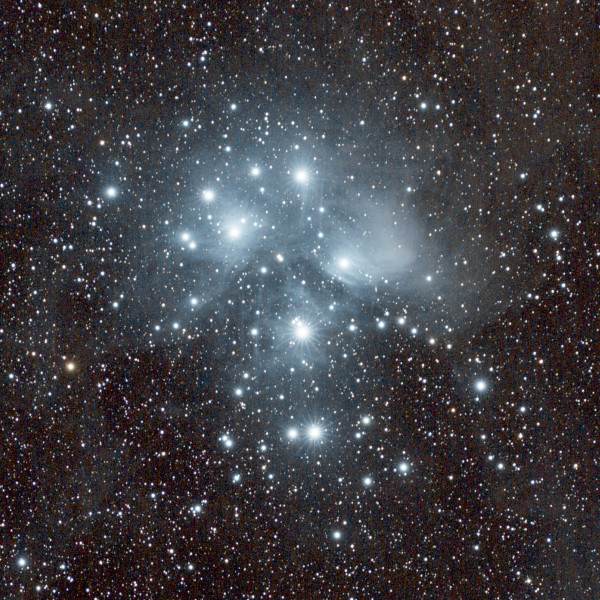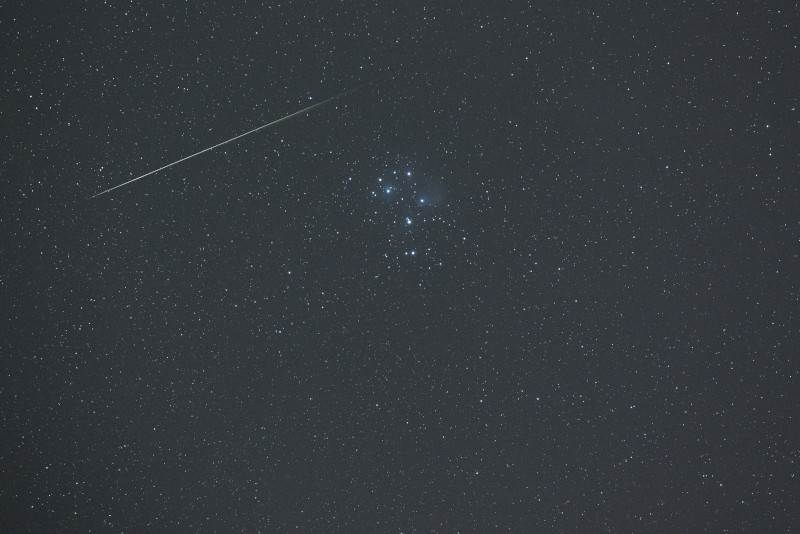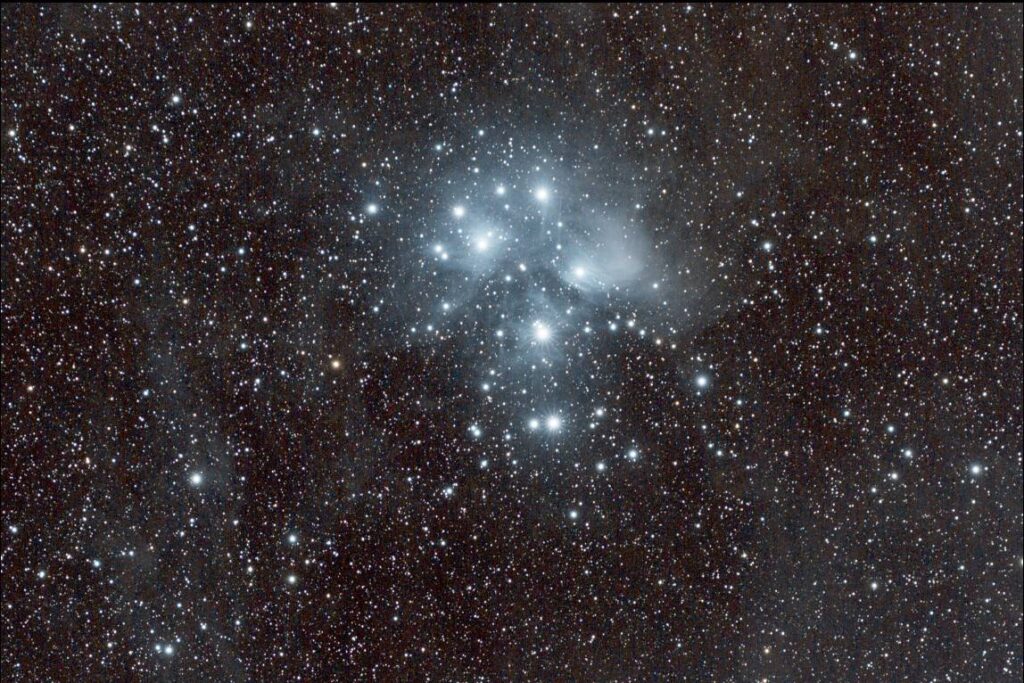
A long holiday weekend and an opportunity to spend some time with friends were more than enough to get me out of Krakow. And perfectly clear weather under dark Bortle 4 skies was simply icing on the cake. So I hopped into my car and drove 90km south to a little town called Rabka-Zdrój. It’s a picturesque locale just north of the Gorce mountains. I’ve really been itching to take more pictures to explore the fine features of the Pleiades and I wasn’t about to pass up the opportunity under these dark skies.
I Only Forgot One Thing
Do you know that nagging feeling you always get when traveling that you’re forgetting something? Yeah, I had that. I was so worried that I was forgetting something important that would keep me from setting up and taking pictures. This was the first time that I’d be traveling with the Gamma Star Tracker. I really wanted to prove to myself that what I’d assembled would be portable and reliable enough to take on the road. So I was double and triple-checking everything. Once I got to Rabka-Zdrój, I realized that I did forget something – my lawn screw. Well, there was an “oh snap” moment but that was quickly replaced by a “whew” feeling as I knew I’d get along fine without it.
On to Shooting
My goal was to shoot as long as I could given the conditions. But it dawned on me as I was setting up. I’m really not used to shooting under these conditions… Well, it’s just another opportunity to learn I suppose. I decided to shoot with a wide aperture of f/2.8. And I figured I’d test an ISO of 1600 with 30-second exposures. Around 18:30, these settings looked to be just about right. However, it was still getting darker and I realized as the night wore on that I probably should have been a little more aggressive. But more on that in a bit.
For the most part, everything went well throughout the evening. I did have two minor issues though. About halfway through my session, I tweaked a couple of things with my framing and I forgot to turn Gamma back on. Doh! So I lost a little over an hour’s worth of photos – dumb move, I know – I was in a hurry at that particular moment. Then toward the end of my session, I found that my camera mount sits a little too low and the camera got stuck up against Gamma’s housing. Well, there are another 40 minutes or so of lost footage. But overall, I spent almost 8 hours shooting and the night was a huge success.
Processing the Footage
I took roughly 6 hours’ worth of photos. To my great surprise and delight, Gamma tracked wonderfully throughout the whole session. Well, at least aside from the bone-headed mistakes I mentioned. So I removed the 2 hours of non-tracked or stuck photos. Then, I set aside the first hour’s worth of photos. I did this for 2 reasons. First, when I started shooting, the Pleiades were pretty low on the horizon so I was shooting through a lot of the atmosphere. Second, I didn’t let the skies get dark enough before beginning to image the Pleiades. So there was a big difference in the overall luminance of my photos.
I further separated about 25 minutes of dark and flat frames. So when it was all said and done, I had about 2.5 hours of potential photos. After going through all the images, I was thrilled to have kept a whisker over two hours’ worth of stackable photos. And as per usual, I processed the images through SIRIL.
But before I show you the final processed image, I thought I’d share a funny little photo that I pulled out of my stack. Yeah, I caught a pretty nice shooting star on one of my images. We’re at the peak of the Orionid meteor shower, but I can’t say for certain that this is related.

Final Image and Lessons Learned
Nothing terribly interesting to say about processing my image. I will say that I changed things up a little bit as SIRIL left me with a really nice image to work with. So all I really did in GIMP was a little bit of stretching and color balance. Anyway, here is the final image.

This is easily the nicest photo I’ve taken of the Pleiades and I give a lot of the credit to the dark skies I had to work under. You’ll have to take my word for it that the jpeg and web compression don’t really do the image that you see justice. But still, there are a number of learning points that I’ll take away from this session.
- While 256 photos were great for stacking, I know I would have benefitted greatly from another 256. So next time, elimiate the bone-headed mistakes.
- I gave up a little too much in dynamic range. The stars in this image are definitely a little over-exposed and I’ve lost a little bit of the finer dusty details as a result. I think next time I’ll strive to shoot at ISO 800 or even 400 if I feel that Gamma is up for 45 or 60-second exposures.
- I was surprised by how much dust surrounds the Pleiades. If I’d done a little more research, I definately would have set up a little differently to better capture this. But hey, something to look forward to! Regardless, the dust lanes surrounding the cluster were definitely starting to come through and there was a gamut of colors in there. Very cool.
- I observed a little bit of walking noise in my stack. As I’m not set to dither, I should change the framing a small bit from time to time throughout my session.
- Reprint the camera mount to avoid stalling the tracker again in the future.
All and all, it was a great night out shooting. And I had a great night visiting with my friends. Can’t wait to do it again.
